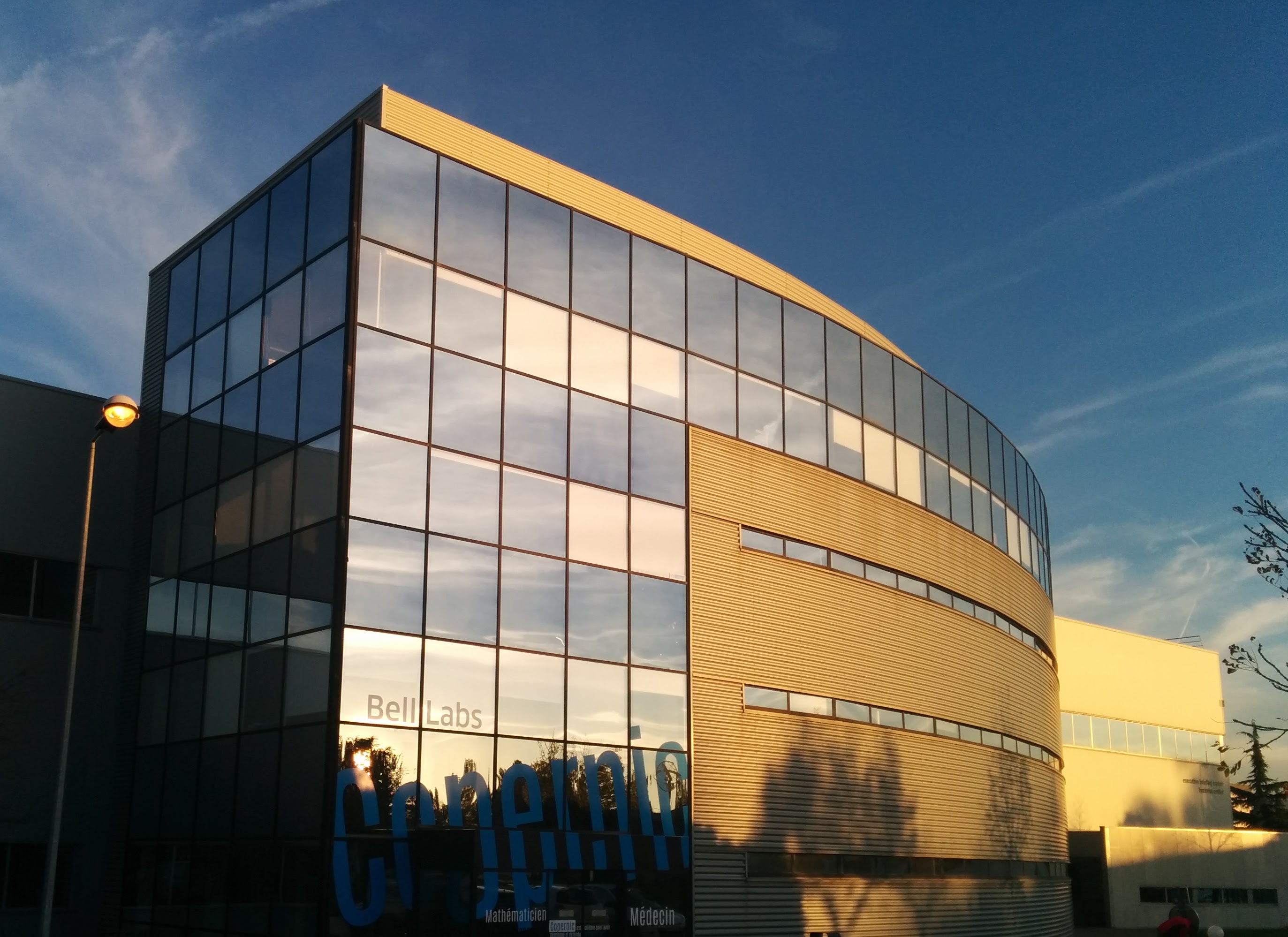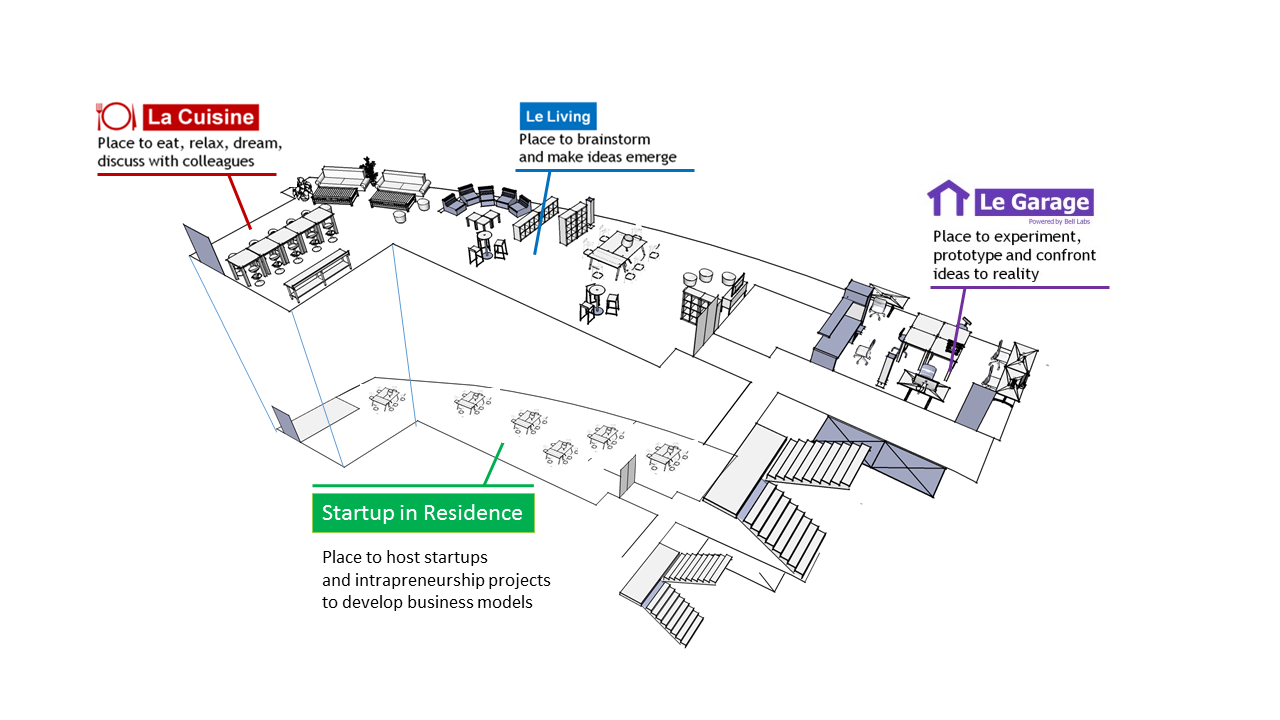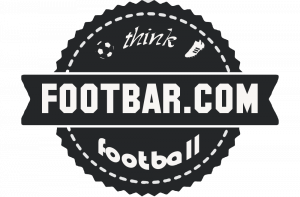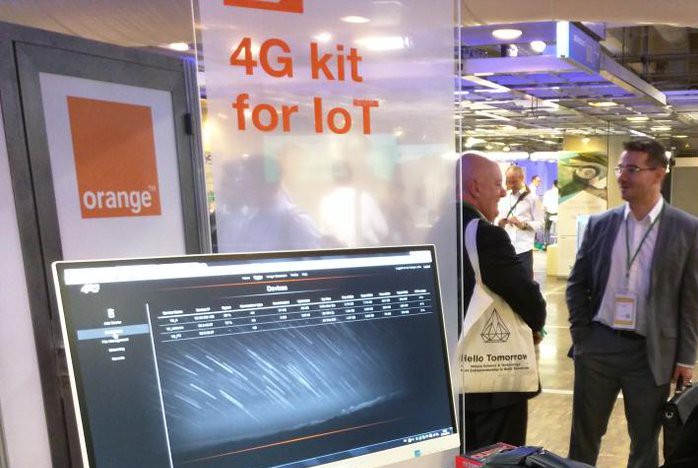
Beta: Garage unboxing
The Beta prototype focused on building a tool able to create or upgrade other tools, including itself.
Named after the mythical place where famous startups were founded, the Corporate Garage in Nokia found its roots in Bell Labs, whose innovations are in every startup garage with tools like laser cutters, arduino boards, or linux tiny computers. It was designed as an island of freedom, a place to create, experiment, and fail safely.
The processes governing the place were devised with HP’s Rules of the Garage in mind, and directed towards the design of a specific innovation journey built on intrinsic motivations.
The Corporate Garage started with the conversion of an unused space into a makerspace, and soon contaminated the adjacent spaces, leading to the rebranding of the Creativ’ Lab into “Le Living“, the migration of its small kitchen into a dedicated space – “La Cuisine” – and the addition of a storage room.
To further promote the entrepreneurship spirit and skills, the floor below was annexed to launch a startup incubation initiative: the “Startup in Residence” program.

From idea to prototype
“La Cuisine” is a kitchen that serves as common space where employees come to grab a coffee, bring their lunchbox, discuss, relax, or celebrate. This space is also a starting point to an innovation journey, as its glass doors open to a spacious and inspiring creativity room, “Le Living”.
With its 10m-long whiteboard, comfy sofas, high tables and well-resourced bookcases, “Le Living” provides a stimulating environment to explore, ideate, synthetize, and plan projects or experiments that can be prototyped and tested in the makerspace.
From individuals to teamwork
If organizations and structures can be tweaked or completely redefined to encourage collaborative innovation, our approach was bolder, putting people (and so, behaviors) first: Let’s forget about bureaucracy, ranks, responsibilities, and politics, and do something together.
To work, this requires people to stay humble by asking for help when they need it, to be generous by helping others, forming teams that exist by the sole complementarity of their members, rather than by the will of a manager.
Positioned outside of business units and hierarchies, and turned towards action and passion, the Corporate Garage is the perfect place for individuals to team-up.
From inbound to outband
We wanted the Corporate Garage to become a multi-tenant innovation playground, mixing passions, skills, domains, and actors. Acting as a corporate collider, it also had to bring innovators from outside, to challenge our corporate processes and habits.

Only months after its opening, the Corporate Garage at Nokia welcomed Footbar founders – two hackers with the ambition to revolutionize amateur football – who helped us foster entrepreneurship among employees while giving us insights on what startups needed from large industries to succeed.
With additional experience supporting Red Technology and Augmented Acoustics startups, we started drawing the outline of the “Startup In Residence” program.
From closed to open innovation
In recent years, we witnessed the emergence of many successful IoT startups coming from the Do It Yourself movement. With prototyping platforms like arduino and raspberry pi, sharing platforms like youtube and facebook, and funding platforms like kickstarter, it has never been so easy to build an IoT startup from the ground up.

With our “StreamZ”/”4G kit for IoT” initiative, we wanted to further lower the barriers for IoT startups by simplifying the connectivity of their connected objects, bringing internet access for granted thanks to 4G cellular networks.
In 2015, with the help of Olimex, Sequans communications and Orange, we built an open source, open hardware linux prototyping board embedding a 4G modem, and distributed it to Innovation communities; more than 60 startups, universities and fablabs used it to build novel products and services.
Through Open Innovation, we brought the best mobile networks could offer to IoT innovators.
From single to multi domains
As more and more companies build their own innovation labs, we reached out to some of them to coordinate our initiatives and share our resources.
